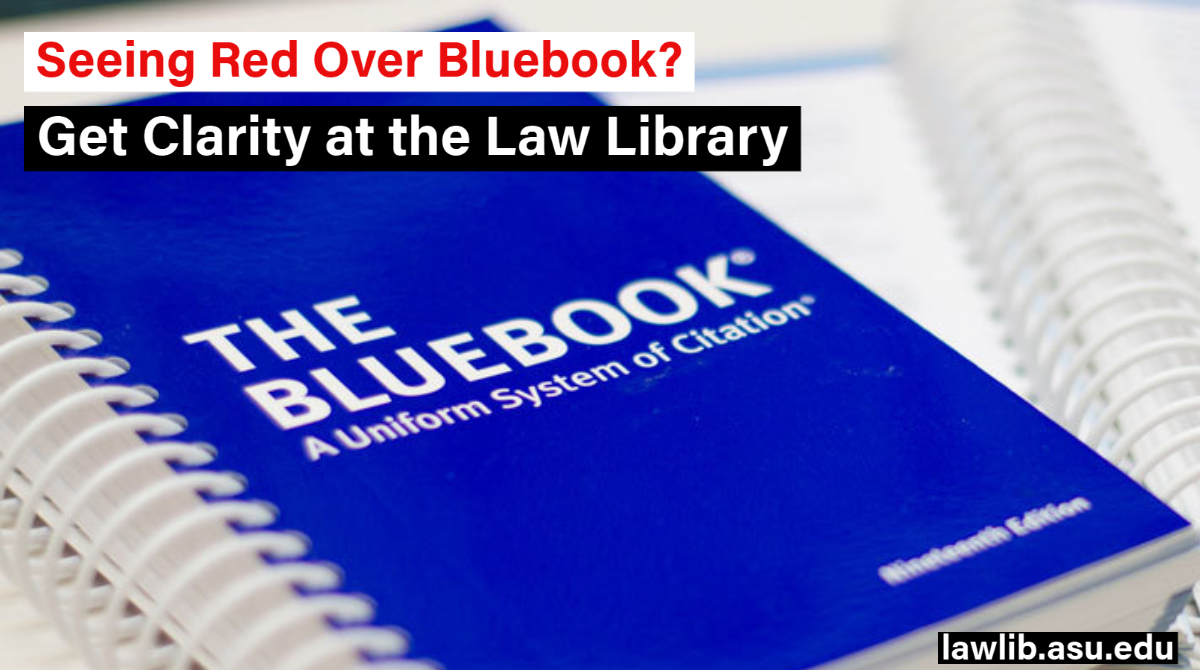
In law review pieces, all citations appear in footnotes appended to the portions of the text to which they refer. 53)1 Citations may be made in one of two ways: in citation sentences or in citation clauses. In older version, click on the “Insert” drop down menu and scroll down to “Footnote.” Here are some commands that make inserting a footnote faster: ġ.1 Citation Sentences and Clauses in Law Reviews (p. The new versions of Word contain a button in the “Reference” tab that automatically inserts a footnote.
Bluebook abbreviations for words 10.2.2 how to#
How to Make a Footnote in Microsoft Word Making a footnote in Microsoft Word is very simple. 215).42 T6 Case Names and Institutional Authors in Citations (p. 42 T1.1 Federal Judicial and Legislative Materials (p. 149).39 16.4 Consecutively Paginated Journals (p. 35 Citing Constitutions.37 11 Constitutions (p. 34 10.7.1 Explanatory Phrases and Weight of Authority (p. 33 10.6.2 Quoting/Citing Parentheticals in Case Citations (p.

97).32 10.6 Parenthetical Information Regarding Cases (p. 27 10.2.2 Additional Rules for Case Names in Citations (p. 27 10.2.1 General Rules for Case Names (p. 25 9 Titles of Judges, Officials, and Terms of Court (p. 76).19 5.2 Alterations and Quotations Within Quotations (p. 74).17 Miscellaneous Rules, Including Quotations and Capitalizations. 13 3.2 Pages, Footnotes, Endnotes, and Graphical Materials (p. 12 2.2 Typeface Conventions for Textual Material (p. 12 2.1 Typeface Conventions for Citations (p. 8 1.4 Order of Authorities Within Each Signal (p. 4 Basics of Citing.5 1.1 Citation Sentences and Clauses in Law Reviews (p. Table of Contents Table of Contents.2 How to Make a Footnote in Microsoft Word. One key recommendation for using any citation system successfully: read the entire rule carefully. We also hope that this Packet will continue to be useful to you after the Write-On Competition (although it contains only edited versions of the rules).

In this regard, we hope that using the Bluebook for the Write-On Competition will help you learn its rules, both for your employment and for your potential future on a publication at the College of Law. Moreover, as you may discover at your summer jobs, most employers will want you to follow the Bluebook. In fact, almost every law review or journal in the country follows Bluebook. Rogers College of Law uses the Bluebook in their publication. Why Bluebook? It is by far the most popular citation system. Please note that the rules have been edited so as to give you only the information pertinent to the Write-On Competition. We recommend that you spend some time reading through this Packet prior to the Write-On Competition in order to familiarize yourself with the various rules. If you find that you would like to look at an actual Bluebook, the Law Library has several on Reserve. Our hope is that you will not need to purchase a Bluebook solely for the Competition nor will you need to spend hours studying all of the Bluebook’s rules. This Packet contains all of the Bluebook rules that you will need to successfully complete the Write-On Competition.

We are thrilled that you will be participating in the 2012 Write-On Competition, and we hope that you will find this Bluebook Citation Help Packet useful. Rogers College of LawīLUEBOOK CITATION HELP PACKET Prepared for your assistance by Arizona Law Review 2012 Write-On Competition University of Arizona James E.


 0 kommentar(er)
0 kommentar(er)
